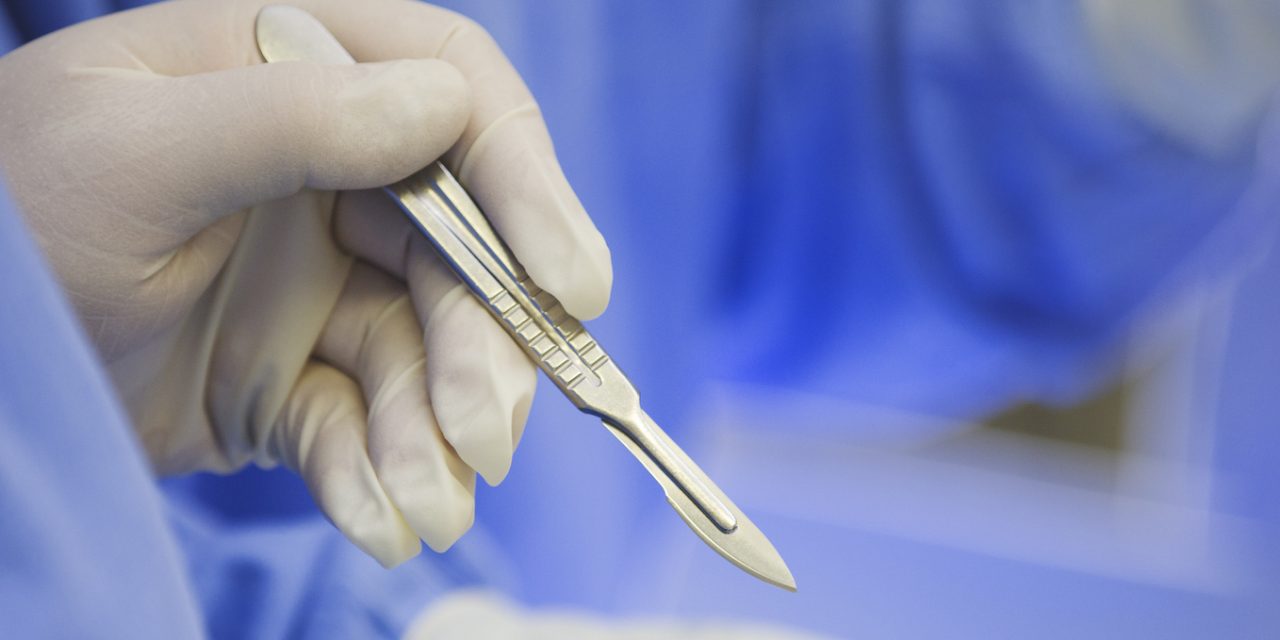This study states that In turn around shoulder arthroplasty, Inferior slant was initially elevated to diminish paces of baseplate disappointment. Be that as it may, the writing is clashing in regards with the impact of slant on scapular neck impingement, which has been related with an expanded danger of indenting, expanded danger of impingement-related precariousness, and diminished scope of movement. We conjectured that mediocre slant of – 10° would prompt expanded medialization and expanded scapular neck impingement contrasted and 0° of slant.
Twenty patients without glenoid bone misfortune going through invert shoulder arthroplasty (RSA) at a solitary organization went through registered tomography sweeps of the whole scapula and proximal humerus for preoperative arranging. For every quiet, we carefully embedded a 25-mm glenoid baseplate flush with the second rate edge of the glenoid. The essential endpoint was outside turn with the arm along the edge (ERS), which is the essential method of both indenting and impingement-related insecurity, and the auxiliary endpoint was adduction (ADD). We recorded the RSA point, preoperative scapular neck length (SNL), and postoperative SNL. Information were thought about by combined t tests and a multivariable relapse examination.
Reference link- https://www.jshoulderelbow.org/article/S1058-2746(20)30793-X/fulltext


